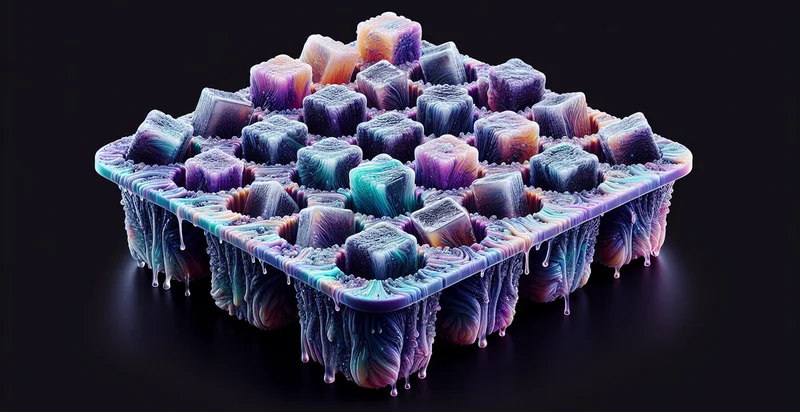Identify what material a tray is made from
using AI
Below is a free classifier to identify what material a tray is made from. Just upload your image, and our AI will predict what material the tray is made from - in just seconds.

Contact us for API access
Or, use Nyckel to build highly-accurate custom classifiers in just minutes. No PhD required.
Get started
import nyckel
credentials = nyckel.Credentials("YOUR_CLIENT_ID", "YOUR_CLIENT_SECRET")
nyckel.invoke("what-material-a-tray-is-made-from", "your_image_url", credentials)
fetch('https://www.nyckel.com/v1/functions/what-material-a-tray-is-made-from/invoke', {
method: 'POST',
headers: {
'Authorization': 'Bearer ' + 'YOUR_BEARER_TOKEN',
'Content-Type': 'application/json',
},
body: JSON.stringify(
{"data": "your_image_url"}
)
})
.then(response => response.json())
.then(data => console.log(data));
curl -X POST \
-H "Content-Type: application/json" \
-H "Authorization: Bearer YOUR_BEARER_TOKEN" \
-d '{"data": "your_image_url"}' \
https://www.nyckel.com/v1/functions/what-material-a-tray-is-made-from/invoke
How this classifier works
To start, upload your image. Our AI tool will then predict what material the tray is made from.
This pretrained image model uses a Nyckel-created dataset and has 17 labels, including Acrylic, Aluminum, Bamboo, Ceramic, Composite, Fabric, Foam, Glass, Melamine and Metal.
We'll also show a confidence score (the higher the number, the more confident the AI model is around what material the tray is made from).
Whether you're just curious or building what material a tray is made from detection into your application, we hope our classifier proves helpful.
Related Classifiers
Need to identify what material a tray is made from at scale?
Get API or Zapier access to this classifier for free. It's perfect for:
- Material Sorting in Manufacturing: This function can be utilized in manufacturing facilities to automatically classify and sort trays made from various materials such as plastic, metal, or wood. By integrating the identifier, manufacturers can streamline their production processes and ensure correct inventory management.
- Recycling Efficiency: Waste management companies can use this image classification function to automatically identify the material of trays during sorting processes. This aids in enhancing recycling efficiency by ensuring that materials are correctly categorized and processed for recycling.
- Quality Control in Food Services: Restaurants and catering services can implement this identifier to ensure that food is served on appropriate trays made from safe materials. This can help prevent cross-contamination and improve food safety standards by identifying and categorizing trays used for specific food types.
- E-commerce Product Validation: Online marketplaces can integrate this function to verify the materials of trays listed by sellers. This helps maintain quality assurance for customers by ensuring that product descriptions are accurate and that the materials meet safety and regulatory standards.
- Inventory Management in Retail: Retailers can leverage this image classification to maintain accurate inventory records in stores where trays of different materials are sold. By automating material identification, retailers can improve stock accuracy and reduce the chances of human error in inventory management.
- Customization in Hospitality: Hotels and event venues can employ this function to assess and select trays made from specific materials based on event themes and catering needs. This ensures that the presentation is aligned with the venue's aesthetics and client requirements.
- Research and Development in Material Science: Researchers in material science can use the image classification function to analyze the properties and uses of different tray materials. This could facilitate studies aimed at developing new materials or enhancing existing ones for specific applications in various industries.


